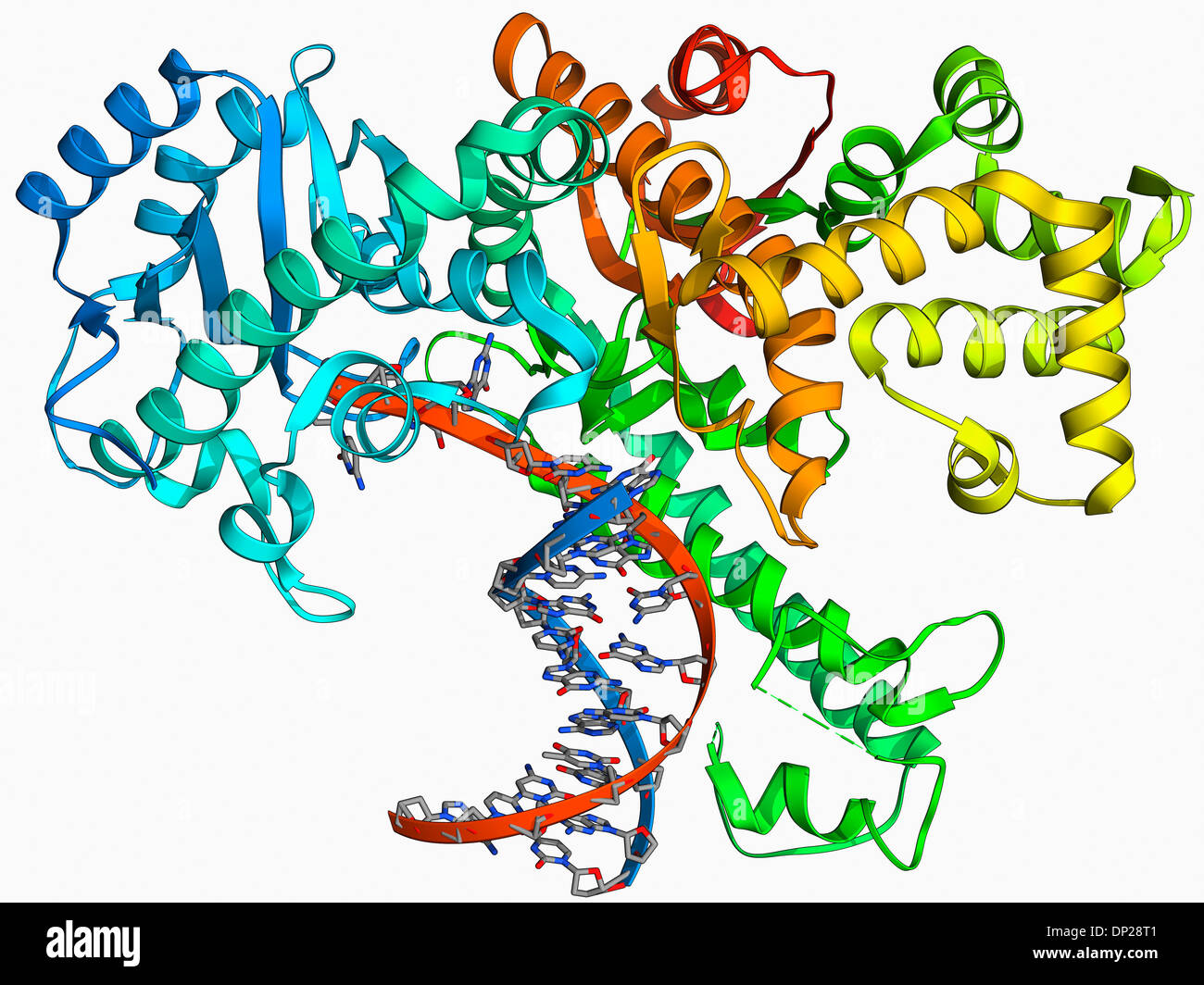
Library preparation methods for highly degraded DNA. Moreover, DNA molecules with single-strand breaks, which are not consistently recovered with double-stranded methods, are disassembled and turned into suitable substrates for library preparation. As each strand of a double-stranded fragment can potentially be converted into a library molecule, chances are doubled that at least one strand of a given DNA fragment will be recovered. Subsequent reaction steps, which include copying the template strand with a DNA polymerase, the generation of blunt ends and the ligation of the second adapter, are carried out on beads, thereby minimizing losses of DNA in intermittent purification steps. Successfully ligated DNA strands are immobilized on streptavidin-coated magnetic beads. Briefly, DNA fragments are dephosphorylated and denatured, after which the first adapter is joined to their 3΄ ends using CircLigase. A graphical outline of this method is presented in Figure 1B. One significant leap forward came through the invention of a library preparation method that converts each strand of the DNA fragments separately into library molecules instead of attaching adapters to double-stranded DNA ( 3, 4). The possibility to recover genomic sequences from organisms that died tens or even hundreds of thousand years ago has fascinated evolutionary biologists for decades and has spurred the development of methods to improve the recovery of DNA sequences from fossil remains. One type of material that is particularly difficult to work with is ancient DNA. Furthermore, DNA molecules are sometimes present in a form that complicates their successful extraction and the preparation of DNA libraries, for example if they are very short. Losses of molecules occur during both steps of sample preparation and impose challenges on work with small quantities of nucleic acids. This is achieved by attaching synthetic adapters to their ends, which provides a format that enables their amplification and the priming of the sequencing reaction. In spite of recent advances ( 1, 2), nucleic acids cannot be efficiently sequenced in situ, thus requiring the extraction of nucleic acids from the material under study and their subsequent conversion into DNA libraries. As current technologies allow for sequencing millions or billions of DNA fragments in parallel at relatively low costs, the scope of data generation is often limited by difficulties in sample preparation rather than sequencing capacity. High-throughput DNA sequencing has become deeply integrated with genetic research over the past years.

Most strikingly, we find that single-stranded library preparation increases library yields from tissues stored in formalin for many years by several orders of magnitude. We also provide an in-depth comparison of library preparation methods on degraded DNA from various sources. We show that ssDNA2.0 tolerates higher quantities of input DNA than CircLigase-based library preparation, is less costly and better compatible with automation. A thorough evaluation of this ligation scheme shows that single-stranded DNA can be ligated to adapter oligonucleotides in higher concentration than with CircLigase (an RNA ligase that was previously chosen for end-to-end ligation in single-stranded library preparation) and that biases in ligation can be minimized when choosing splinters with 7 or 8 random nucleotides. We present a new method for single-stranded library preparation, ssDNA2.0, which is based on single-stranded DNA ligation with T4 DNA ligase utilizing a splinter oligonucleotide with a stretch of random bases hybridized to a 3΄ biotinylated donor oligonucleotide. However, for highly degraded DNA, especially ancient DNA, library preparation has been found to be more efficient if each of the two DNA strands are converted into library molecules separately. DNA library preparation for high-throughput sequencing of genomic DNA usually involves ligation of adapters to double-stranded DNA fragments.


 0 kommentar(er)
0 kommentar(er)
